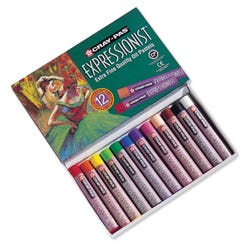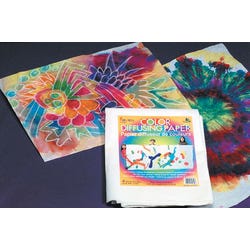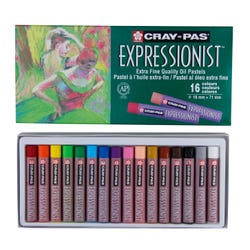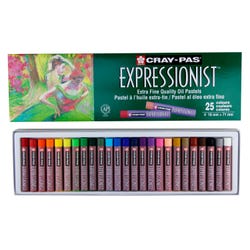Easy Batik
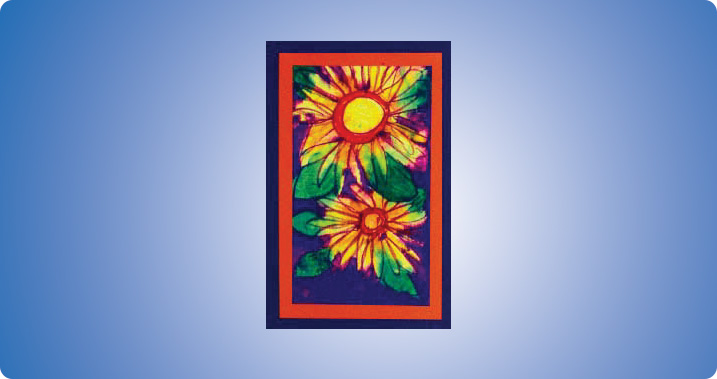
Description
Batik is an ancient art developed over 2000 years ago. It is thought to have originated in Indonesia on the island of Java. Through international trade, it spread to many other countries. Each culture produced new batik methods, influenced by its culture, natural materials available to the region and the cultural background of its artisans. The dark blue and brown batiks of Indonesia were richly patterned using stamps. China's influence on this ancient art brought bright reds and yellows in designs typical of their culture. African batik used river sediments and plant paste to create mud cloth and freehand patterns rich in cultural symbolism. The artists of the Ukraine transformed batik beyond fabric dyeing and created beautiful, intricate designs on eggs. Batik has continued to evolve with methods handed down from one generation to another. The evolution of batik continues to this very day. Traditional batik techniques require hot wax, dyes and fabric. This project offers a simple twist to this ancient art using oil pastels, liquid watercolors and a highly absorbent diffusing paper. This project can be done by artists of any age. It introduces resist, the basic process of batik. It is easy, quick and economical. We hope that this is only the beginning of your student's exploration into the amazing art of batik.
Objectives
- Students will demonstrate knowledge about the variety of line by using several different types of line and identifying them in their work.
- Students will demonstrate knowledge about color mixing by discussing how the were able to get new colors from mixing "out of the bottle" colors.
- Students will demonstrate knowledge of several historical references for batik. They will be able to identify the influence of different types of batik on their own work and the work of others.
- Students will demonstrate knowledge about the materials and resist process used to create this project by creating a well-crafted "Easy Batik".
Supplies Needed
Roylco® Color Diffusing Paper, 12" x 18", Pack of 50 Sheets
Sax® True Color® Liquid Watercolors, 10-Color Set, 8-Oz.
Sakura® Cray-Pas® Expressionist Oil Pastels, 12-Color Set
Sakura® Cray-Pas® Expressionist Oil Pastels, 16-Color Set
Sakura® Cray-Pas® Expressionist Oil Pastels, 25-Color Set
Crayola #1127 Watercolor Brushes, Set of 6
Utility Cups, 1-Oz. size, Package of 250
Standards
CONTENT Standard #1:
Understanding and applying media, techniques and processes.
CONTENT Standard #2:
Using knowledge of structures and functions.
CONTENT Standard #4:
Understanding the visual arts in relation to history and culture.
Instructions
1
Explore the history of batik and introduce students to a wide variety of techniques, designs, and cultural influences. Discuss how traditional methods involve the use of resists. Additional lessons may include color mixing by layering one color over the next, an important element of batik. Patterns created by stamping may be discussed as a traditional batik method, but will not be used in this lesson. Instead, the use of free hand drawing will be employed.
2
Students can make preliminary sketches for their batik design. Have them try to employ several elements from one particular historical reference.
3
The large size of this diffusing paper offers a wide range of possibilities. Provide large enough pieces for students to create traditional sarongs. Large, mural-like pieces can be created using a whole sheet. Batik paper can be exhibited in a sunlit window for a glowing display. Paper can be cut into the shape of a kimono when using Chinese designs. Have the students cut any shape from the paper and fill it with an abstract design. Many small pieces can be combined for a colorful and unique collage project. The techniques can vary to adapt to any approach.
4
Begin by creating the line design or pattern with oil pastels on the diffusing paper. Apply firm pressure to fill in the tooth of the paper. Unlike traditional batik wax, the colors will bleed slightly through the oil pastel lines. Encourage students to choose colors other than black or white. Any color will work. The key is to use contrasting colors in paint so the line work stands out.
5
To make the lines more solid like a traditional batik, iron the oil pastel design before painting. Cover the design with a thin piece of scrap paper. Do not place the iron directly on the oil pastels. The pastels will melt onto the iron surface and smudge the design, making the paper surface resistant to watercolor.
6
Use a wash brush to drop watercolor onto the design. Allow colors to run and mix. Layer one color over another to simulate the deep colors typical of batik. Sax® True Flow® Liquid Watercolors are the ideal choice of watercolors for this technique. They are concentrated and economical, plus the colors are brilliant and intense! The flip top bottle makes it easy to dispense colors into the utility cups. Tube watercolors are too thick and pan watercolors are too small. Inks or dyes may be used, but these are more expensive.



